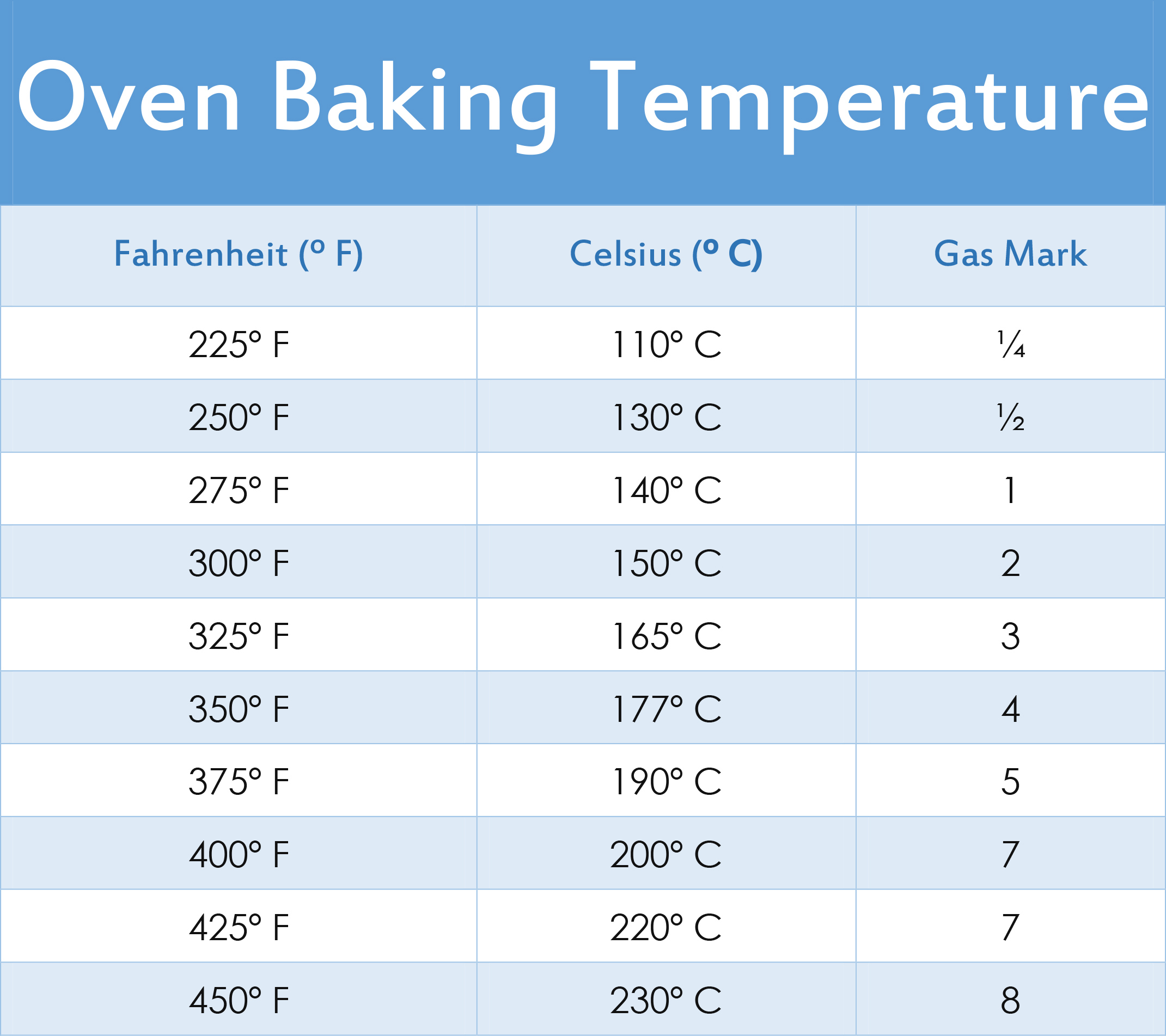
In order to make sure the instant pot has enough steam and to prevent burning, you will need to have at least 1 cup of liquid added to your instant pot before pressurizing. Your instant pot must have liquid to cook properly. If you do not want to print out the cheat sheet, be sure to bookmark this article in order to come back for the information you need when cooking. We have included some of the information from our cheat sheet in this article as well.
#Slow cooker to oven temperature conversion how to#
This will provide you with an easy guide to help you decide how to convert your slow cooker recipes to the instant pot. The cheat sheet will give you standard times to cook specific types of recipes. If using a calculator or doing math isn't your thing, you can print out a cheat sheet below. How Do I Convert a Slow Cooker Recipe to The Instant Pot? Your instant pot requires a minimum amount of 1 cup of liquid in order to have enough steam and prevent burning, so you don't want to skip this step! Important Tip: when cooking a slow cooker recipe in your instant pot, you will want to make sure to add extra liquid. It does not include the time allotted for pressure building and release, so just keep that in mind. The times included on our cheat sheet and our conversion calculator are JUST the cooking times. Some instant pot recipes can take up to 20 minutes to build pressure and about 15 minutes to release the pressure after cooking. You'll also need to add some time for your instant to release pressure naturally after cooking. When planning your instant pot meal, make sure to add some extra time to allow the instant pot to build pressure. So you will want to cook your recipe in the instant pot for about 30 minutes. That number is the amount of time you can cook your slow cooker recipe in your instant pot in minutes.Įxample: Slow cooker recipe calls for 5 hours on high. Then, take that number and multiply it by 6. Look at your slow cooker recipe and see what time you should cook your recipe on high. If that is not handy for you, you can just do some simple math to convert your recipes easily. Use our slow cooker to instant pot conversion calculator at the top of this article for quick conversion. General Slow Cooker to Instant Pot Conversion Rulesĭid you know that almost everything you make in your slow cooker can also be made in your instant pot for just a fraction of the time? Get your favorite dinners on the table in no time with these simple slow cooker to instant pot conversion rules! So if you're looking for yummy pressure-cooked meals that can be cooked very quickly, then instant pot recipes would be great for you!

It also turns out extraordinarily soft and tender, so it is perfect for cooking meat. This allows the food to cook a lot quicker. Instant pots cook food by pressurizing it. If you're looking for delicious slow-cooked dishes that don't take up much time in your day, then slow cooker recipes might be what you need! Instead, they use moist heat to slow cook food. Slow cookers do not generally have high temperatures like an oven or stove. They can be used to slow cook food for a long time and still maintain the quality of the food. Slow cookers are slow-cooking appliances, as the name states.

These appliances also have a slow cooker function, but they can also be used as pressure cookers or rice makers.

Instant pots are also great for people on the go who don't have time to slow cook their food. You can slow cook a meal overnight or during the day while you're away from home, and it will be waiting for you when you get back! However, now that there is a quicker way to make food with the instant pot, you may be wanting to convert your old, slow cooker recipes to be able to cook them in the instant pot much faster.Ī slow cooker is great for home cooks who have a busy day with work or school and don't want to spend a ton of time cooking. There are no hot spots.Slow cookers have been around for a long time. More importantly, because you are heating through a thick ceramic insert, that energy comes very gently from the bottom, and, to a very slight degree, from the sides of the pot. The temperature a slow cooker maintains can vary greatly from brand to brand, but I've found that in most cases, on the "low" setting, you're hitting a range that is a little bit below that of a Dutch oven in the oven. On a stovetop, a Dutch oven will get a little hotter-between 190 and 212☏ (90 and 100☌), depending on how hard it's simmering. A Dutch oven with its lid cracked, placed in a 225☏ oven, will reach equilibrium at around 180 to 190☏ (80 to 90☌)-hot enough to produce a few lazy bubbles, but not a rolling simmer.* In a Dutch oven set in the oven, you also get pockets of heat, both right next to the edges of the pot and at the surface of the liquid. One of the biggest factors that can affect flavor and body development in braises and stews is the temperature at which they are cooked.


 0 kommentar(er)
0 kommentar(er)
